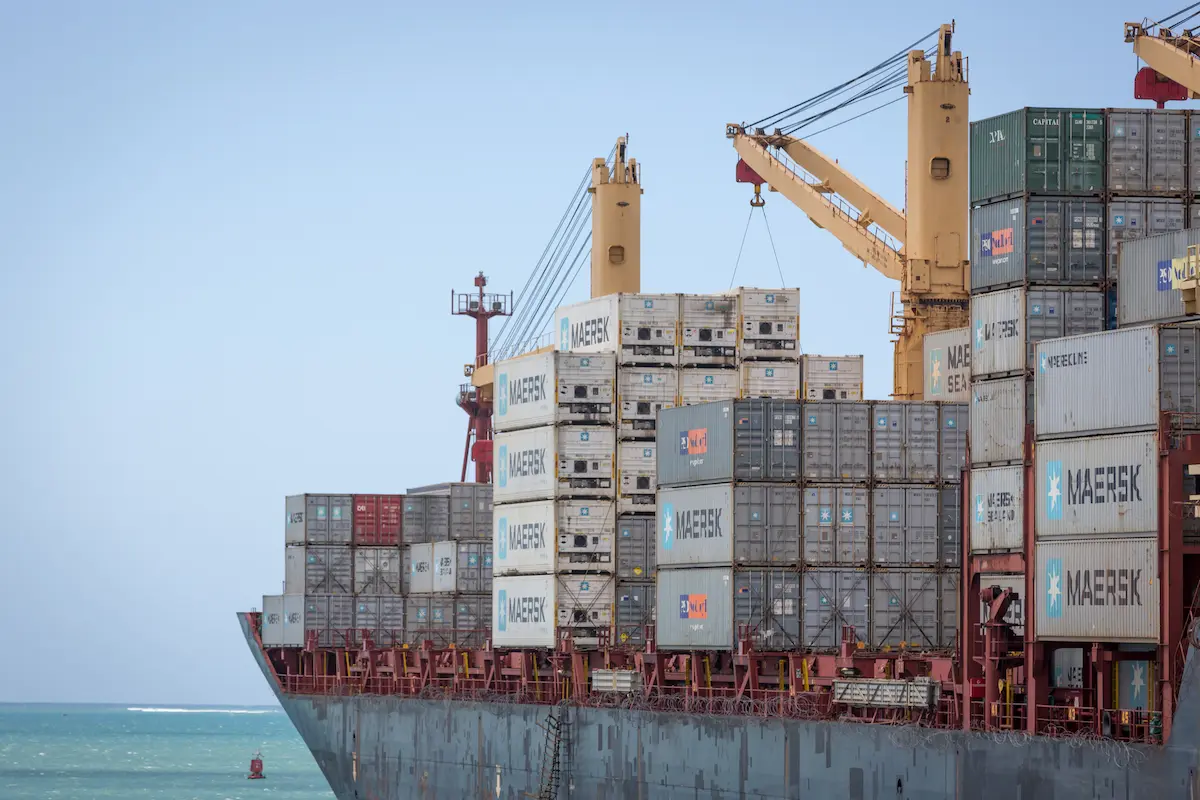
Introduction
In today’s fast-moving global economy, predicting the future is not just a luxury—it’s a necessity. Businesses, policymakers, and investors all rely on forward-looking insights to guide strategic decisions. One of the most powerful tools in this forecasting arsenal is trade futures—not in the narrow sense of commodity contracts, but as a comprehensive set of indicators that signal where global trade is headed.
From early signs in economic data to evolving regulatory frameworks, trade futures offer a panoramic view of upcoming disruptions and opportunities. By understanding and leveraging these trends, businesses can stay ahead of supply chain volatility, market instability, and geopolitical shifts.
In this article by Global Trade News, we explore how trade futures function as predictive tools, what drives them, and how they are already shaping the global trade landscape of tomorrow.
1. What Are Trade Futures?
Traditionally, the term “futures” refers to standardized financial contracts traded on exchanges, involving commodities or financial instruments. However, in the context of global trade, trade futures represent a broader concept—referring to the tools, data, and strategies used to forecast the future state of international trade.
These include:
- Anticipated policy changes
- Shifts in supply chain behavior
- Emerging market trends
- Predictive economic indicators
- Geopolitical developments
In essence, trade futures serve as a strategic compass, helping companies anticipate change and prepare for disruption in global commerce.
2. Economic Indicators Driving Trade Futures
Economic data is the foundation of most forecasting models, and trade futures are no exception. Governments, central banks, and multilateral organizations track a wide array of indicators that influence trade dynamics.
Key Economic Signals Include:
- Gross Domestic Product (GDP): Growth or contraction directly affects trade volumes.
- Trade Balance: Surpluses or deficits point to changes in export/import activity.
- Interest Rates: Central bank policies influence currency value and investment flows.
- Inflation Rates: Rising costs can signal supply shortages or growing demand.
- Consumer Demand Trends: Fluctuations often lead to demand spikes in imports.
By analyzing these signals, companies can project trade flows, pricing trends, and shifts in sourcing regions—giving trade futures their predictive power.
3. The Role of Policy Changes and Trade Agreements
Trade policies and agreements are among the most powerful drivers of future trade dynamics. Governments constantly revise tariffs, customs protocols, and export controls, often in response to political, economic, or environmental pressures.
Recent Examples:
- USMCA reshaped automotive and agricultural trade in North America.
- EU Green Deal introduced new environmental compliance challenges.
- RCEP strengthened Asia-Pacific integration, reshaping supply chains.
Monitoring these developments enables businesses to adjust contracts, renegotiate pricing, and explore alternative markets in advance—demonstrating how trade futures can be applied in real-time strategy.
4. Technology as a Forecasting Catalyst
The rise of digital technologies is accelerating the accuracy and scope of trade forecasting. Tools such as artificial intelligence, machine learning, and predictive analytics are being deployed to analyze massive data sets in real time.
Key Technologies in Trade Futures:
- AI Algorithms for demand forecasting and trade route optimization.
- Blockchain for transparent, real-time trade documentation.
- Digital Twins to simulate future supply chain scenarios.
These tools enhance the granularity and speed of trade futures analysis, offering businesses actionable intelligence months before traditional methods would.
5. Geopolitical Events and Global Trade Realignment
Geopolitics plays a pivotal role in shaping trade futures. Conflicts, sanctions, and diplomatic realignments often foreshadow major shifts in trade routes and policies.
Notable Geopolitical Trends:
- U.S.-China Rivalry is driving a decoupling in technology and manufacturing.
- Russia-Ukraine Conflict disrupted global food and energy trade.
- Red Sea Maritime Threats in 2024 altered shipping lanes and timelines.
Companies that track geopolitical developments can prepare alternative sourcing strategies or build risk mitigation models—further proving the importance of trade futures forecasting.
6. Supply Chain Data as a Leading Indicator
Global supply chains often reveal future trends before they hit broader markets. The movement of goods, changes in inventory levels, and transport bottlenecks are all early warning signs of what’s to come.
Observed Shifts:
- Just-in-Time to Just-in-Case: Inventory strategies are shifting post-pandemic.
- Nearshoring and Reshoring: Businesses are localizing to reduce risk.
- Logistics Tech Investment: More companies are investing in real-time tracking and freight optimization.
These behaviors provide critical data points in the trade futures landscape, offering foresight into future cost structures and delivery timelines.
7. ESG and Sustainability as Forecast Drivers
Environmental, Social, and Governance (ESG) considerations are reshaping global trade. Regulators and consumers alike are demanding sustainable practices, and companies must forecast these compliance needs to remain competitive.
Key Regulations Impacting Trade Futures:
- EU CBAM (Carbon Border Adjustment Mechanism)
- U.S. Uyghur Forced Labor Prevention Act
- Global ESG Reporting Requirements
By factoring sustainability into their trade futures models, companies can avoid costly disruptions and maintain access to critical markets.
8. Currency Fluctuations and Financial Forecasting
Exchange rate movements play a crucial role in shaping the competitiveness of exports and imports. A volatile currency market can make or break international deals.
Forex Impact on Trade Futures:
- A weakened domestic currency may boost exports.
- A strong U.S. dollar can hurt emerging market competitiveness.
- Central bank interventions often lead to rapid shifts in capital flows.
Understanding currency trends is essential for building robust trade futures forecasts and financial hedging strategies.
9. Case Studies: Trade Futures in Action
Case 1: COVID-19 and Early Supply Chain Signals
In late 2019, trade data from Asia revealed a drop in exports of key components—signaling supply chain vulnerabilities before the full pandemic impact was known. Companies with predictive analytics adjusted inventory earlier than competitors.
Case 2: U.S.-China Trade War
Tariff announcements in 2018 led to anticipatory stockpiling by U.S. importers and manufacturers. Firms tracking trade futures adjusted sourcing strategies, avoiding millions in penalty costs.
Case 3: Semiconductor Export Controls (2024)
Early legislative drafts hinted at new restrictions. Companies analyzing these signals through trade futures modeling secured alternative suppliers before sanctions were finalized.
These real-world examples highlight how strategic forecasting delivers real business value.
10. Business Applications and Strategic Integration
Leading businesses are embedding trade futures analysis into daily decision-making. This shift from reactive to proactive strategy is creating competitive advantages across industries.
Implementation Tactics:
- Scenario Planning for multiple regulatory environments
- Supplier Diversification to mitigate regional risks
- Real-Time Intelligence Platforms for adaptive forecasting
Incorporating trade futures forecasting into board-level strategy empowers companies to seize new opportunities while insulating themselves from risk.
Conclusion: Turning Insight Into Advantage
The global trade landscape is in constant flux—driven by shifting alliances, emerging markets, and technological breakthroughs. In this environment, trade futures are more than just a forecasting concept. They are a strategic necessity.
Companies that monitor the right indicators—economic trends, policy developments, supply chain behavior, and geopolitical tensions—can position themselves ahead of the curve. Trade futures provide the roadmap to resilient, agile, and informed decision-making.
As the world navigates the next wave of global economic shifts, Global Trade News will continue to provide timely, in-depth insights that help you interpret the future—and act on it. Our website is your ultimate source of valuable information.
Frequently Asked Questions (FAQs)
1. What does the term “trade futures” mean in global trade?
In global trade, “trade futures” refers to forecasts and predictive insights based on data, trends, and events that shape future trade dynamics—not to be confused with commodity futures contracts.
2. How do trade futures benefit businesses?
By analyzing trade futures, businesses can anticipate policy changes, manage risks, optimize supply chains, and adapt pricing strategies—leading to stronger performance and fewer surprises.
3. What tools can companies use to analyze trade futures?
Firms use AI-based forecasting platforms, trade intelligence dashboards, scenario modeling tools, and real-time customs/trade databases to gain accurate insights into.





